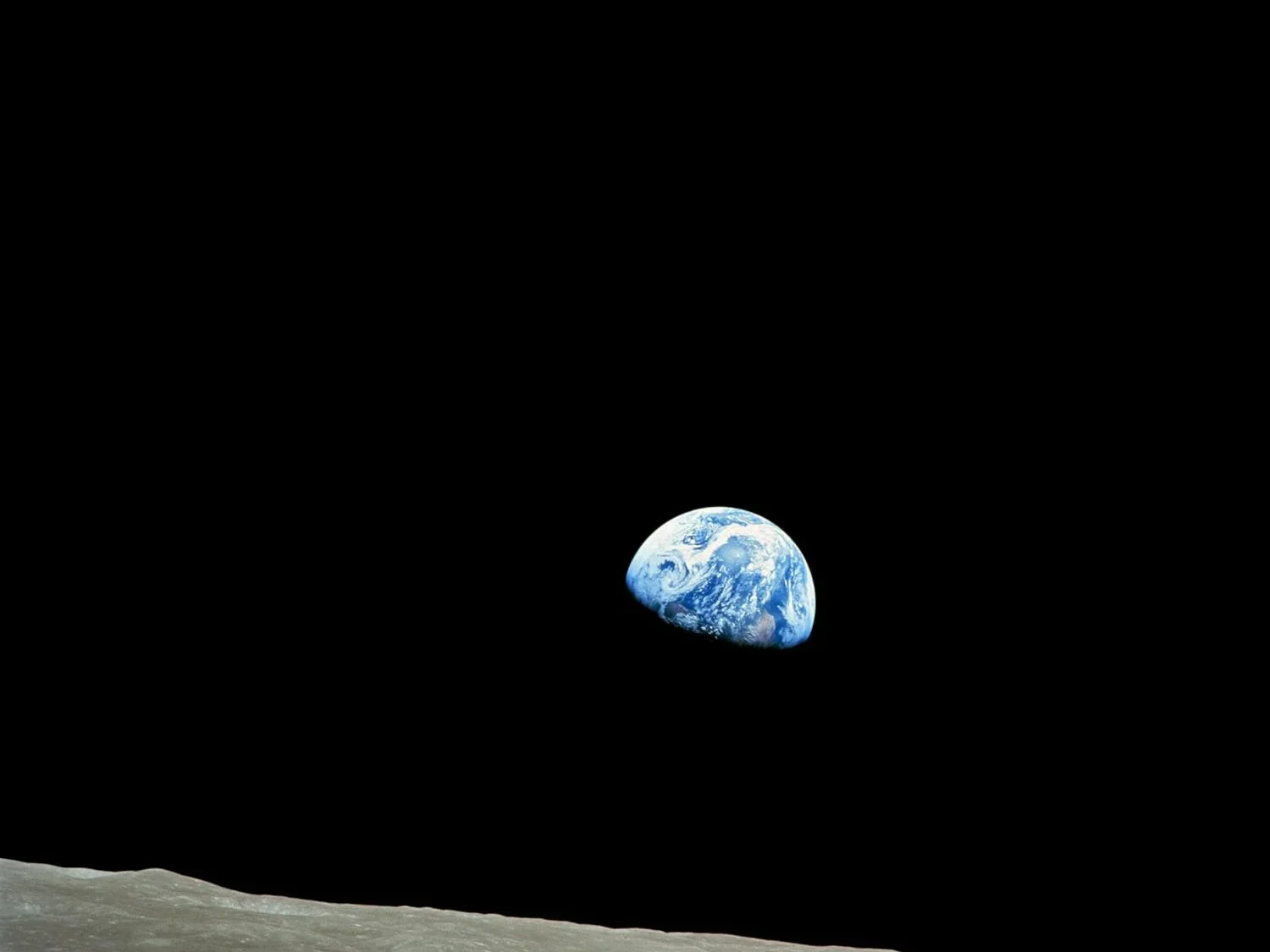10/7/2024
Earlier this summer, Boeing launched its first manned mission to the International Space Station (ISS) with the spacecraft Starliner. As they were merely conducting a routine Crew Flight Test, astronauts Suni Williams and Butch Willmore were only expected to be in space for about one week. However, when the Starliner safely docked on Earth in September, it did so without the astronauts who manned its original flight.
As it turns out, the Starliner was plagued by thruster malfunctions and helium leaks. The problem emerged shortly before Williams and Willmore docked with the ISS when five of Starliner’s thrusters briefly went offline. Eventually, four out of the five were salvaged, but NASA wanted to take no chances. Thus, on August 24, the space agency officially announced that the astronauts would be extending their eight day trip to eight months and would return with Crew Nine in February. Prior to this news, the duo spent almost 80 days uncertain of how they were going to return home.
Thankfully, the wait is over, as Crew Nine docked to the ISS aboard Space X’s Falcon on September 29th. The team consists of two astronauts, Nick Hague and Aleksandr Gorbunov, who will be leading Expedition 72. While the expedition transformed into a rescue mission, it was originally part of NASA’s Commercial Crew Program (CCP). Since 2020, NASA has regularly sent four astronauts to the ISS to conduct important research. In fact, when the Starliner crew docked to the ISS back in June, they were welcomed by Expedition 71’s Crew Eight, who had already been residing at the ISS for two months.
Therefore, the Starliner crews’ eight month delay in returning to Earth has nothing to do with them being abandoned in space. Rather, the extension is a result of their newfound role as Crew 9 members. The average duration of a routine CCP mission tends to be 6 months, so their return was extended to be on schedule with the mission’s completion. This is an important fact to note because of the widespread hysteria that broke out once their delay was announced.
Contrary to popular belief, the health of the Starliner astronauts is no more at risk than it was during their eight day mission. The ISS regularly hosts astronauts and is equipped as necessary, for both the mental and physical needs of its guests. Additionally, astronauts have stayed on the ISS for far longer than eight months – the longest visit was 371 days, and the astronauts returned home unscathed. Williams herself has shared her enthusiasm for her extended visit, “This is my happy place. I love being up here in space. It’s just fun.”
In spite of Williams’s and Willmore’s good spirits, the fact of Starliner’s failure still remains. As of now, NASA/Boeing have not released a thorough report on what went wrong. What’s more, NASA’s decision to have the duo return with Crew 9 reportedly went against Boeing’s wishes. The company insisted that their Starliner spacecraft could safely bring the astronauts back even in the midst of mechanical malfunctions. At the end of the day, Boeing was willing to risk two lives in order to maintain their pride.
A fact that is extra concerning given that during its last unmanned test flight in 2022, the Starliner also experienced thruster malfunctions. Of course no one expects a rocket launch to go off without facing a few obstacles; it is rocket science, afterall. The problem in this scenario is the persistence of the same types of errors an entire two years later. Yes, the Starliner made it back to Earth safely, but it was unable to fulfill its duty of returning its astronauts because NASA lacked the confidence in its ability to do so.
This is a case of irresponsible engineering on both Boeing and NASA’s part. No amount of money or pressure to meet a deadline should ever compromise human safety. By the time of its launch, Starliner was already significantly delayed and over budget. Even its launch on June 5th was the result of two delays from its original May 6th take off, and then June 1st take off. Considering they were already launching behind schedule, Boeing and NASA shouldn’t have rushed the process, and should have further delayed the launch until they were steadfastly confident in Starliner’s ability. Better a late launch with immense success, than an on time one that left officials scrambling for a rescue method.
Although the Crew Nine rescue plan was efficient, it wasn’t without consequences. As previously mentioned, CCP missions routinely send four astronauts to the ISS. Notice that Crew Nine consisted of only two. That’s because Williams and Willmore occupied the remaining two spots, but that wasn’t always so. Astronauts Zena Cardman and Stephanie Wilson originally held those spots. While Wilson had been to space before, it would have been Cardman’s first time off planet. Both women lost their opportunity to fulfill their dream and duty as astronauts due to avoidable circumstances.

